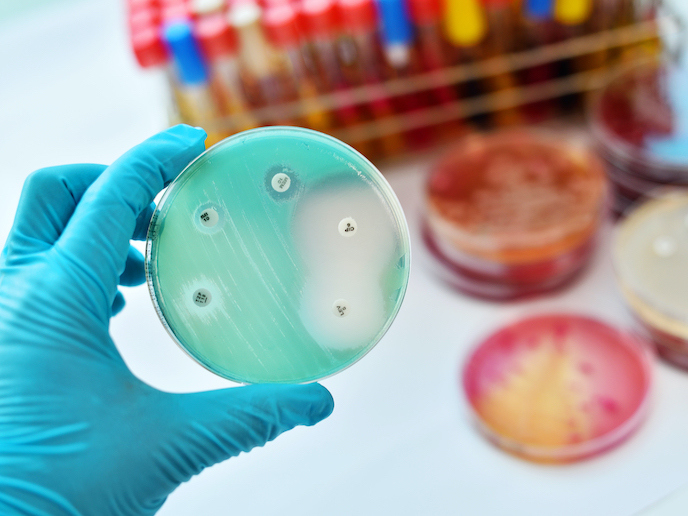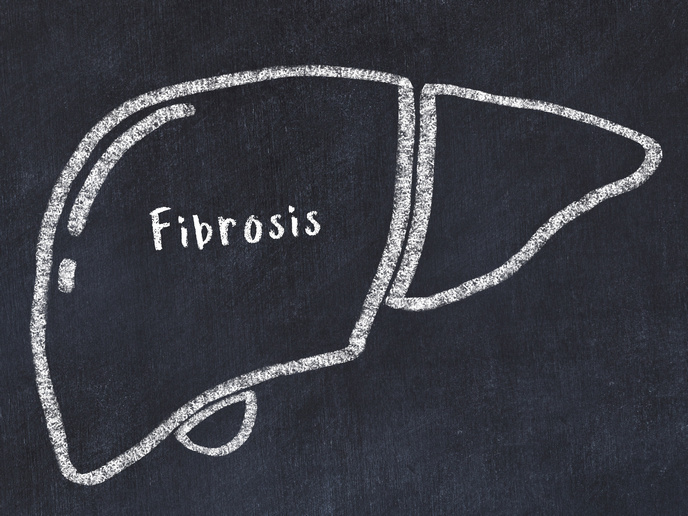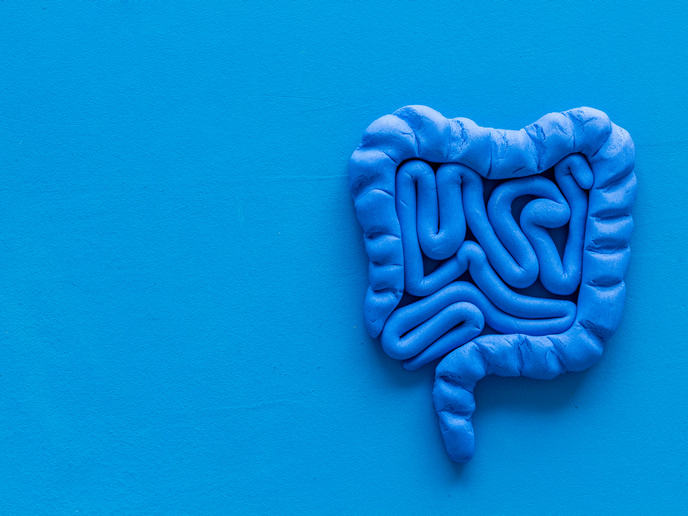Fighting deadly pathogens by blocking their vitamin uptake
The dangerous microorganisms behind many infections are developing the ability to resist antimicrobial treatments, especially antibiotics. Each year antimicrobial resistance (AMR) is estimated to be the direct cause of 25 000 deaths in the EU at a cost of EUR 1.5 billion annually. In their quest for novel antibiotics, the ERC-supported VitaminBlock project set out to find weak points in bacterial cells that could be targeted. The team identified and characterised membrane protein complexes that are found exclusively in bacteria. These mediate the uptake of multiple B-type vitamins which are indispensable for bacterial growth. “We have insights into how these protein complexes catalyse the uptake of essential vitamins. For some pathogens, we already have indications of potential targets,” says project coordinator Dirk Slotboom, from the University of Groningen, which hosted the project. “Based on our breakthrough crystal structures, we have designed and synthesised small molecules to inhibit bacterial uptake of vitamins.”
A spanner in the works
The novel approach taken by VitaminBlock was to identify and study a process essential for bacterial survival which, if eradicated, could stop the spread of infection. For Gram-positive pathogens such as Staphylococcus aureus and Streptococcus pneumoniae, the team identified proteins that are the only means by which these bacteria acquire vitamins. Without the vitamins, the pathogens would die. After the molecular components of these bacterial cells were identified, in this case a class of proteins named ECF-transporters, researchers ensured that similar proteins were not also used by human cells, as this could, potentially, increase the risk of side effects. “Fortunately, we found that ECF transporters are only found in a limited set of bacteria. Our aim is to find antibiotics that specifically affect pathogens, and not ‘good’ bacteria in our microbiome,” explains Slotboom. The team created 3D crystal models of these ECF transporters. Crystal structures are typically used to provide detailed insight into the atomic architecture of biomolecules, such as proteins. By helping researchers better understand the mechanistic properties of protein functions, they can serve as templates from which to build small molecule drugs. The team identified several classes of small molecules that inhibit the vitamin transport function of ECF transporters. “We designed small molecule compounds that blocked the target protein acquiring vitamins,” adds Slotboom. “We hypothesise that these molecules prevent movements within proteins essential for bringing vitamins from the outside environment into the bacterial cell.” The team have tested dozens of small molecule compounds to find more potent ones. While those compounds selected did improve potency, further work is needed to increase it.
Race against time
Tackling AMR is recognised by the World Health Organization as a global health priority. New antibiotics are urgently needed, not only to fight infectious diseases, but also for the safe continuation of medical procedures such as surgery and chemotherapy. With the world rapidly running out of antibiotics, their continual development is crucial to stay ahead of emerging resistance, along with other measures such as prudent use of existing antibiotics. Yet, as financial returns are uncertain, pharmaceutical companies are reluctant to develop costly antibiotic drugs. The knowledge that drug resistance will return over time is also a deterrent to investment. “Encouraging research in this field requires a continual effort. Structural funding is needed and in our case more funding will enable us to improve the potency of our initial molecule hits, as well as finding new targets for antibiotics,” says Slotboom.
Keywords
VitaminBlock, antibiotic resistance, bacteria, pathogen, B-type vitamins, microorganism, molecules, infectious disease, 3D crystal models, ECF transporters, protein complexes







